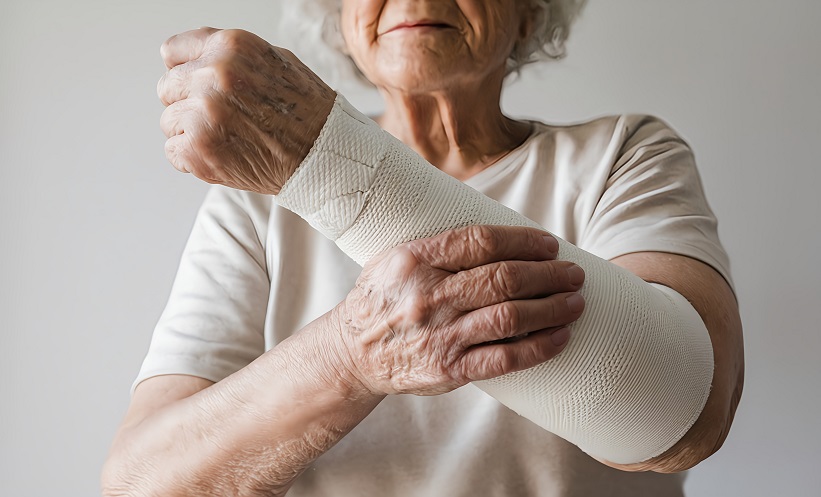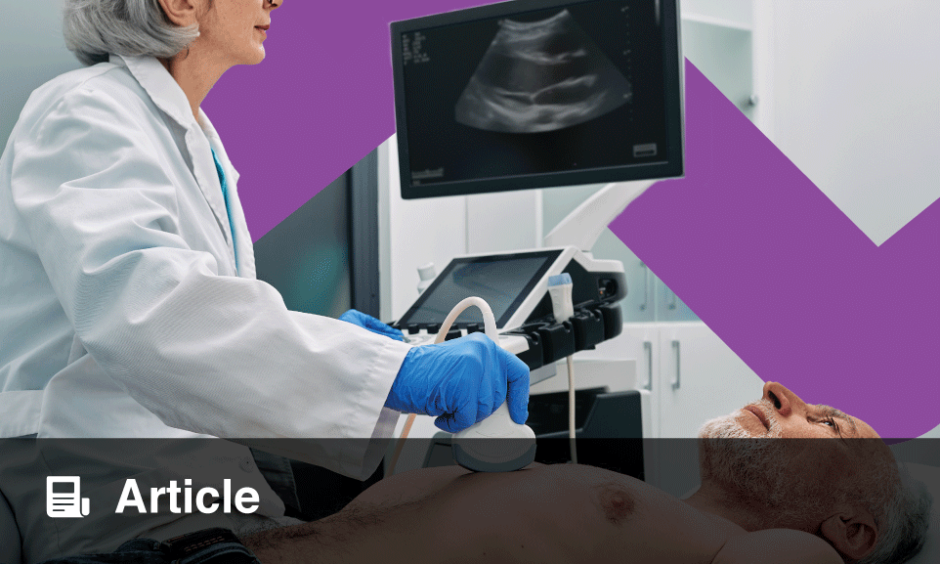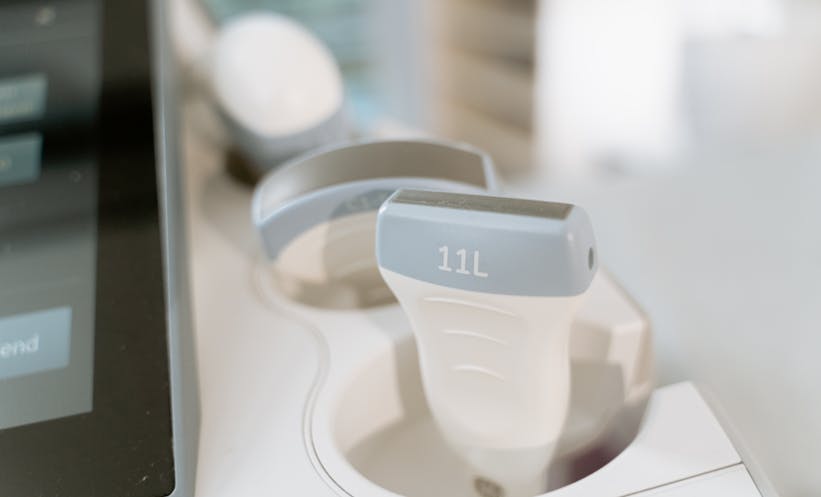FOREARM lacerations often involve damage to tendons, nerves, and blood vessels, making prompt and precise diagnosis essential to prevent lasting functional impairment. Clinical examination alone can be unreliable, particularly in complex injuries or uncooperative patients. This has led to increasing interest in high-resolution ultrasound (USG) as a diagnostic tool in acute trauma settings. A recent prospective observational study evaluated the accuracy of pre-operative USG in diagnosing tendon, nerve, and vascular injuries in forearm lacerations, using surgical exploration as the definitive standard.
The study was conducted at a tertiary trauma centre’s Department of Plastic Surgery between April 2022 and July 2024. Thirty-eight patients presenting with forearm lacerations underwent initial clinical examination followed by high-frequency USG (3-15 MHz). The operating surgeon documented intraoperative findings, which were then compared to the USG results to assess diagnostic accuracy. The mean time taken for USG diagnosis was recorded, reflecting the feasibility of the technique in an emergency context.
Results demonstrated that USG had excellent diagnostic accuracy for tendon injuries at 99.62%, with sensitivity of 98.61% and specificity of 100%. It was also highly accurate for nerve injuries, with 96.49% accuracy. However, identifying arterial injuries proved more challenging, with a slightly lower accuracy of 90.7%. Combining USG with clinical examination improved diagnostic outcomes for tendon and neurovascular injuries compared to clinical examination alone. Importantly, the mean USG examination time was just under 10 minutes, highlighting its practicality in urgent care settings.
In conclusion, high-resolution ultrasound is a valuable, non-invasive adjunct for assessing forearm lacerations, particularly for tendon and nerve injuries, enabling targeted surgical interventions and potentially improving patient outcomes. While less sensitive for vascular injuries, USG remains useful for comprehensive injury assessment. Limitations include the relatively small sample size and the need for operator expertise in ultrasound interpretation. Nonetheless, the findings support incorporating USG into routine trauma evaluation to enhance diagnostic accuracy and optimise clinical decision-making.
Reference
Kumar U et al. High-resolution Ultrasonography as an Adjuvant Diagnostic Tool in Preoperative Assessment of Acute Forearm Lacerations. Injury. 2025;DOI: 10.1016/j.injury.2025.11246








